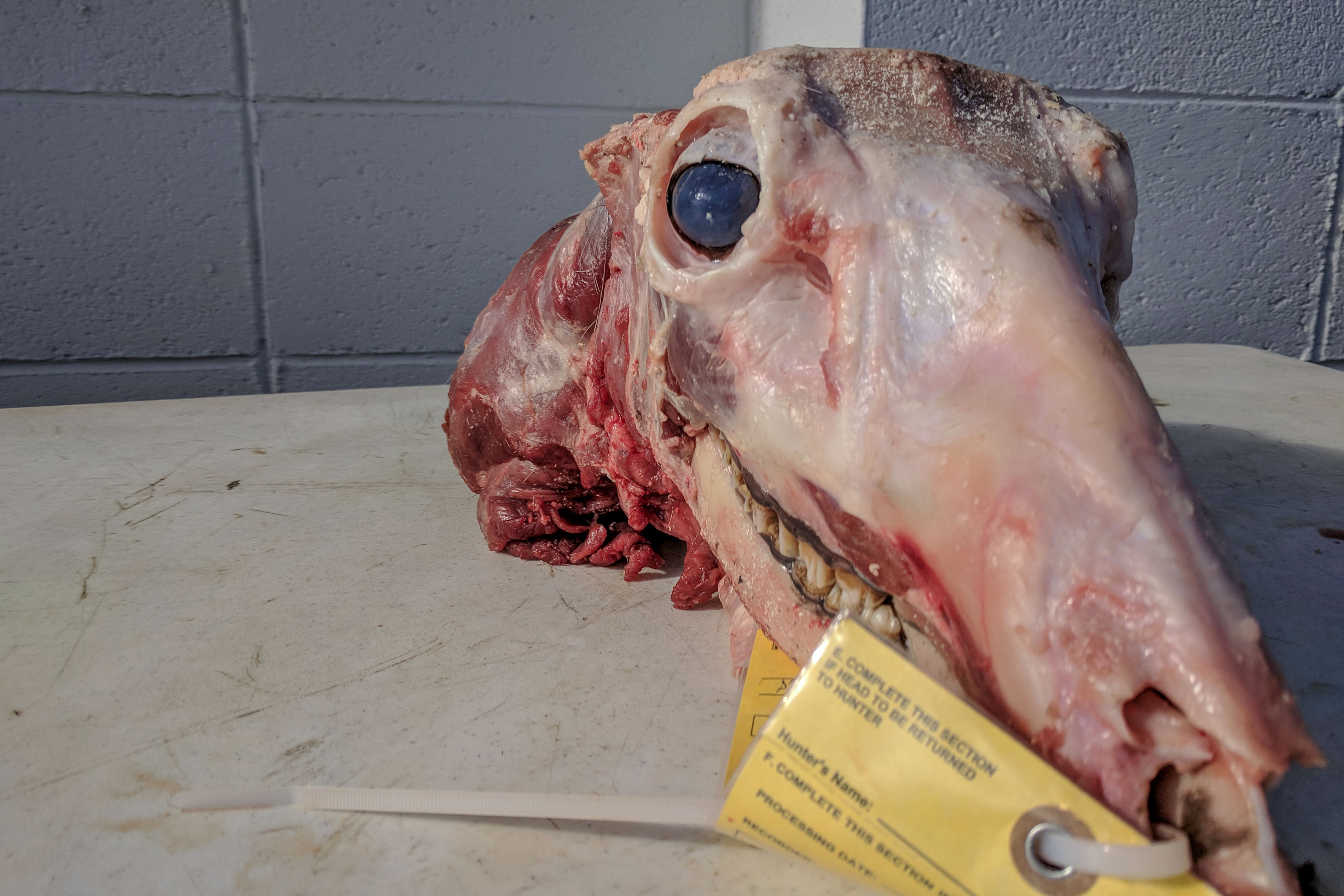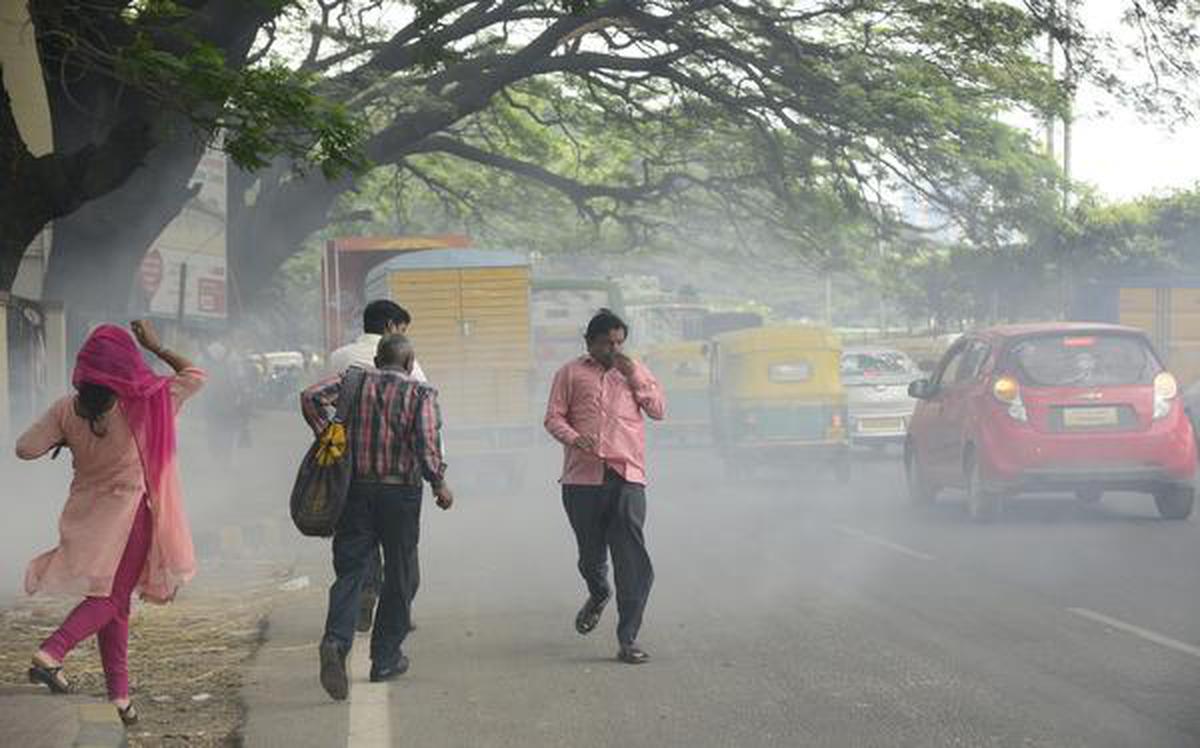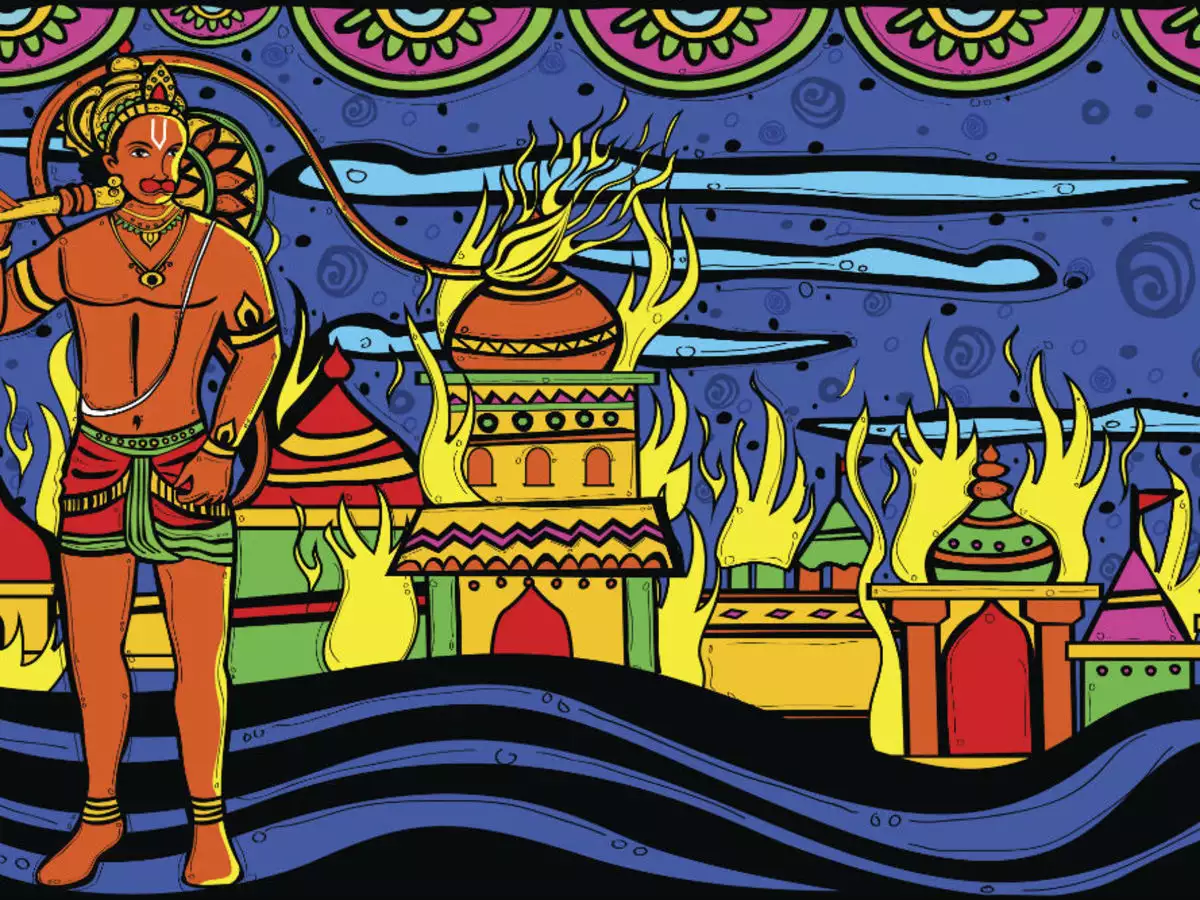Kite flying, once a cherished leisure activity, has transformed into a perilous pursuit. Recent tragic incidents resulting in fatalities in Faisalabad and Sargodha, attributed to metal strings, have prompted Punjab Chief Minister Maryam Nawaz to express both dismay and sorrow over the loss of lives.
In response, she has instructed the Punjab Inspector General of Police, Dr. Usman Anwar, to take swift action against those responsible for promoting this hazardous pastime. Under the astute leadership of Regional Police Officer Dr. Muhammad Abid Khan, the Faisalabad Police successfully apprehended five suspects connected to the death of Asif Ashfaq. This achievement was made possible through a combination of human intelligence and the utilization of various technological resources, including the monitoring of over 37 surveillance cameras.
The dangers associated with kite flying have surpassed its former image as a harmless sport. The enactment of the Punjab Prohibition of Dangerous Kite Flying Activities Ordinance 2001 reflects the escalating toll of deaths and injuries attributed to this activity.
The Chief Minister is resolute in her determination to eradicate this deadly pursuit that was once celebrated with great enthusiasm. The grim consequences of kite flying have left a lasting and disturbing impact on society, with reports indicating three lives lost and dozens injured in the past two months alone—a truly alarming statistic.
The grievous harm and fatalities resulting from kite flying underscore the undeniable reality that it has ceased to be merely a recreational pursuit. While certain segments of society advocate for leniency in regulations to allow for safe kite flying, citing the sentiment and enthusiasm of enthusiasts, the risks are abundant. Kite flying poses hazards not only to people but also to birds and other wildlife. Those responsible must be held accountable, and stringent measures to crackdown on violators must be consistently enforced until resolution is achieved.
Undoubtedly, the fatalities resulting from kite flying underscore a significant failure in governance. Kite flying was initially prohibited in 2005 due to its detrimental impact on society. Despite two subsequent permissions granted for kite flying, a blanket ban was once again imposed in 2009. The legal framework is unequivocal, stipulating six months imprisonment and a fine of up to Rs 100,000 for violators.
Originally, kite flying symbolized the celebration of the spring season, serving as a joyous occasion for gathering relatives and friends. It also bolstered tourism, attracting guests to Pakistan to partake in the Basant festival. However, over time, this recreational activity morphed into a dangerous pursuit.
Greed tainted the once pleasant pastime, with manufacturers resorting to using metal strings to intensify the excitement and competition of kite flying. Aerial firing became a distressing fixture of Basant festivities, while accidents ensued from children chasing stray kites. The prevalence of metallic strings amplified the risk of electrocution, painting a grim picture. Furthermore, the introduction of nylon and plastic manja, chemical strings, and kite manja coated with a lethal mixture of glue and crushed glass proved to be a formidable combination, resulting in fatalities among commuters as the unbreakable thread severed the necks of innocent motorcycle and bicycle riders.
In response to the tragic loss of life in Faisalabad, RPO Dr. Muhammad Abid Khan made the prudent decision to adopt a zero-tolerance policy towards kite flying violations. According to data, the Faisalabad region police registered 2710 cases and apprehended 2715 individuals, including vendors and manufacturers. Additionally, 254,321 kites and 7214 bundles of kite strings were seized. Similar large-scale crackdowns are underway across the province.
The prohibition of kite flying necessitates a firm response to address this issue effectively. Mere bans are insufficient as individuals often resort to clandestine kite flying practices. Furthermore, there exists a general insensitivity within the community regarding the dangers associated with kite flying. Given the severity of the situation, it is imperative to eliminate this harmful activity through comprehensive measures. It is undeniable that human life is of utmost importance, and no compromises can be made in its regard.
Addressing the problem of kite flying requires a collaborative effort from all segments of society. Communities must actively participate in efforts to eradicate this menace. Awareness campaigns should be conducted, encompassing seminars, walks, and dialogues in educational institutions to educate students and the public about the risks associated with kite flying. Distribution of pamphlets and awareness materials among citizens and students can further reinforce this message.
Utilizing electronic, print, and social media platforms to disseminate information about the potential dangers of kite flying can also contribute to public education. Merely imposing penalties for kite flying offenses is insufficient. Punishments should be strengthened, taking into account the roles of manufacturers, vendors, and flyers. Law enforcement agencies need to implement strict measures to combat the manufacturing, transportation, sale, and flying of kites effectively.
In order to evade arrest, individuals have resorted to the online sale of Manja string and kites. Consequently, it is imperative for law enforcement agencies to closely monitor online sale platforms to identify the perpetrators and apprehend those involved in this illicit trade. Additionally, authorities should establish agreements with courier services and transporters to refrain from facilitating the delivery of kites and chemical string.
Given the severe injuries and fatalities resulting from kite flying, it is evident that it has transcended its status as a mere recreational pursuit. While certain sectors of society advocate for leniency in regulations to allow for safe kite flying, considering public sentiment and enthusiasm, a comprehensive prohibition on kite flying is warranted due to the myriad dangers it poses. Not only does kite flying jeopardize the safety of individuals, but it also poses risks to birds and other animals. Therefore, strict measures must be implemented to hold accountable those responsible, and efforts to crackdown on violators must be sustained until they reach a conclusive resolution.



























0 Comments